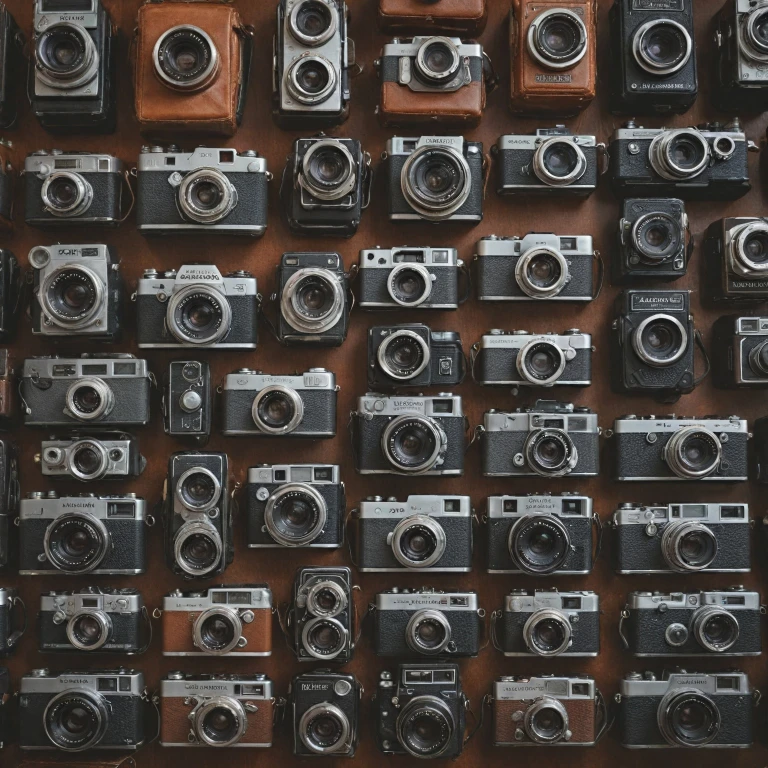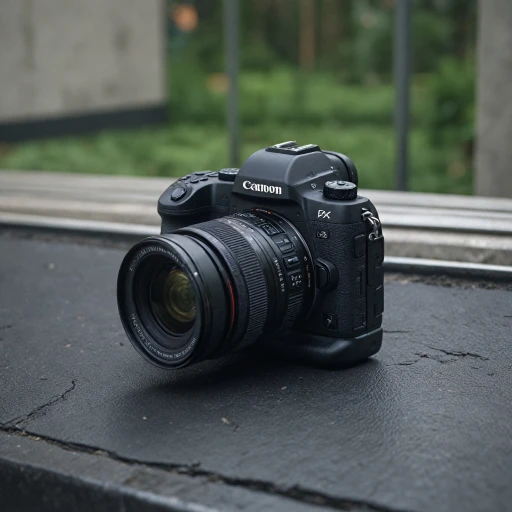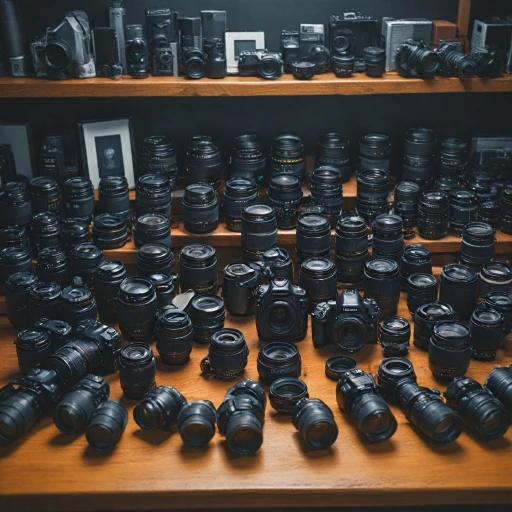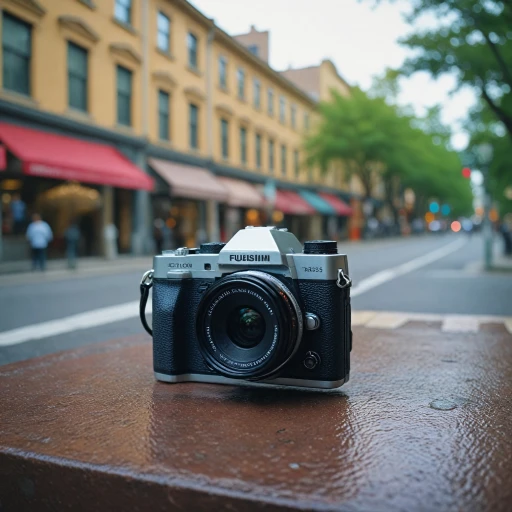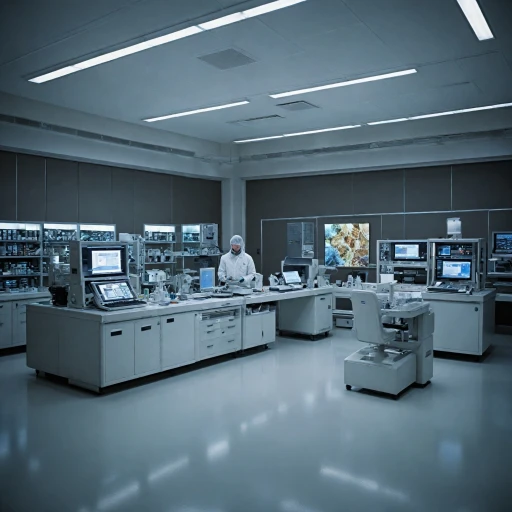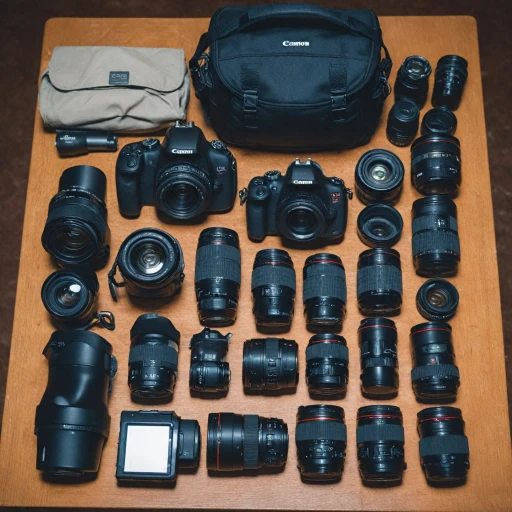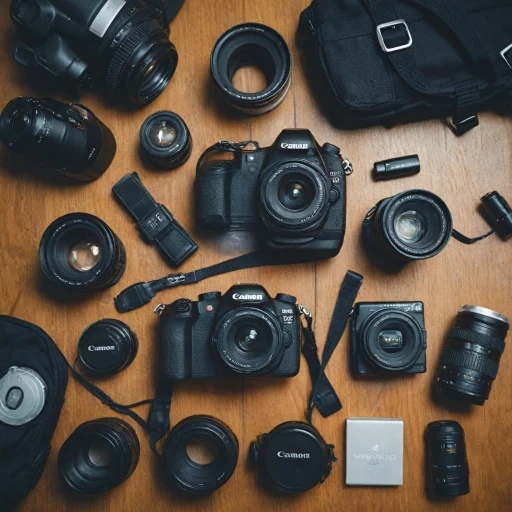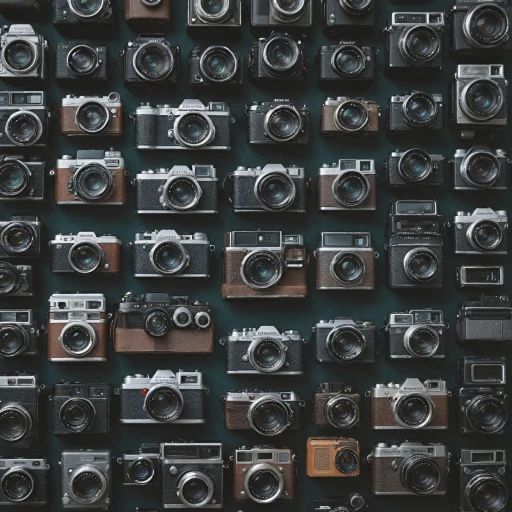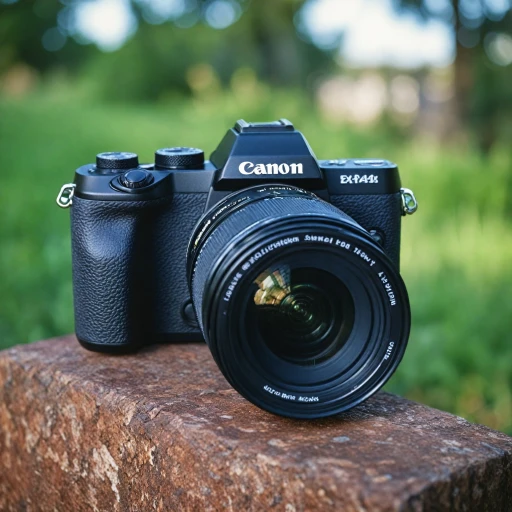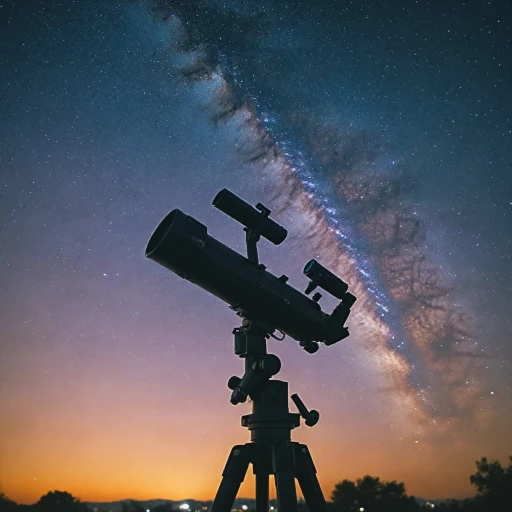
The Evolution of Minolta Cameras
The Journey from Film to Digital
Minolta's journey in the camera industry is a fascinating tale of innovation and adaptation. Known for its pioneering spirit, Minolta was instrumental in transitioning from traditional film cameras to the digital era. The evolution of Minolta cameras reflects the broader shifts in photography technology over the decades.
Initially, Minolta made a name for itself with its high-quality film cameras. The Minolta Maxxum series, for instance, was renowned for its advanced autofocus capabilities, a feature that set it apart from many competitors. The Rokkor lenses were another hallmark, celebrated for their sharpness and clarity. These lenses became a staple for many photography enthusiasts, contributing to Minolta's reputation for excellence.
As technology advanced, Minolta embraced the digital revolution. The transition wasn't just about replacing film with digital sensors; it involved rethinking camera design and functionality. Minolta's digital cameras, such as the Konica Minolta series, offered features like improved zoom capabilities and more sophisticated auto focus systems, making them competitive in the rapidly evolving market.
Despite the challenges of the digital age, Minolta maintained its commitment to quality and innovation. This dedication is evident in the design and functionality of their digital cameras, which continue to be appreciated by photographers today. For those interested in exploring the legacy of Minolta cameras, understanding this evolution is crucial. You can delve deeper into the impact of Minolta's innovations on modern photography by reading about classic digital cameras that have stood the test of time.
Key Features of Minolta Digital Cameras
Notable Characteristics of Minolta's Digital Era
Minolta, a name synonymous with innovation, made significant strides in the digital camera landscape. Their transition from film to digital was marked by a series of features that set them apart in the competitive market. Let's delve into some of these key features that defined Minolta's digital cameras.
- Advanced Auto Focus: Minolta was a pioneer in integrating auto focus technology into their cameras. The Minolta Maxxum series, for instance, was renowned for its quick and accurate focus, a feature that photographers appreciated for capturing sharp images effortlessly.
- Versatile Lens Options: The brand offered a range of lenses, including the popular Rokkor and zoom lenses, which provided flexibility for various photography styles. Whether you were using a digital camera or an SLR film model, Minolta ensured compatibility and quality.
- Innovative Design: Minolta's cameras, such as the Minolta Matic and Freedom series, were designed with user-friendly interfaces and ergonomic builds. This made them accessible to both amateur and professional photographers.
- Competitive Pricing: Minolta's cameras were known for their reasonable price points. With options available at different price ranges, from usd regular to usd sale, they catered to a wide audience without compromising on quality.
- Manual and Automatic Modes: Offering both manual and automatic settings, Minolta cameras allowed photographers to have creative control while also providing convenience for quick shots.
These features not only highlight Minolta's commitment to quality and innovation but also underscore their impact on the photography world. For a deeper dive into unique camera experiences, you might find this exploration of the Fuji GA645 intriguing.
Comparing Minolta with Modern Digital Cameras
Minolta's Role in the Evolution of Digital Photography
Minolta was a pioneer in integrating digital technology with traditional camera design. The Minolta Maxxum series, for example, was known for its early adoption of auto focus systems, which set a high bar for other manufacturers. When comparing these earlier ventures with today’s digital cameras, a few essential differences and advancements come to light.
Firstly, the sensor technology has drastically improved. While Minolta's digital cameras were at the forefront of their time, offering decent image quality, today's cameras provide remarkably higher resolution and color reproduction. Modern digital cameras incorporate advanced sensor technologies that Minolta helped to pioneer and evolve, laying the groundwork for what we see today.
Another area of evolution is the camera lens. Vintage Minolta lenses like the Rokkor were already respected for their quality, with the company having a long history of producing high-quality glass. Comparing them to modern lenses, we see more sophisticated optical coatings and computer-aided designs in recent products. That said, many enthusiasts still seek film camera lenses like the Rokkor for their unique characteristics, often in the slr film camera collections.
Price considerations also distinguish these eras. Today's digital cameras can range widely in price depending on features and brand reputation. While Minolta's cameras were priced as premium products in their time, the usd value they bring today as vintage items often exceeds their original price, turning them into collectibles.
The lens and technology advances manifested in features found in current models, such as the Sony A6000, illustrate how Minolta's legacy continues to shape modern innovations. Ultimately, exploring Minolta's past contributions offers insight into the ongoing advancements in photographic technology.
The Impact of Minolta on Photography
Minolta's Indelible Mark on Photography Throughout the Years
The impact of Minolta on the world of photography is undeniable. Known for innovative designs and technology enhancements, this brand has carved a significant niche in both analog and digital photography realms. Minolta was a pioneer in introducing auto focus technology, which is now a standard feature in modern cameras. The introduction of the Minolta Maxxum series marked a shift from manual to automatic focus systems, making photography more accessible to enthusiasts. The Maxxum cameras, although initially sold at a higher regular price, now maintain a unit price that collectors find appealing. The time when the Minolta ROKKOR lenses were the go-to for professional and amateur photographers alike is a testament to their exceptional quality. Adding a Minolta camera lens to one’s collection today provides not only a piece of history but an appreciation of the artistry behind film cameras. Minolta's innovation extended with their venture into SLR film and digital cameras, paving the way for features that are appreciated in Konica Minolta’s modern releases. Cameras from models like the Minolta Matic and the point shoot Freedom series were influential in exploring compact photography before the full-blown digital era. Even in the present, looking at old Minolta SLRs highlights their contribution to what we now consider essential camera features such as zoom functions and quick view technology. While these cameras are available for sale with varying prices, enthusiasts often cherish the rich history and engineering prowess. For those interested, the market for these vintage gems thrives well with a price range often tagged in USD, stretching from affordable bargains to sought-after collectible items. Minolta's journey in camera innovation paved the way for a multitude of advancements, helping to shape the modern photography landscape as we know it today.Tips for Collecting Vintage Minolta Cameras
Embracing the Art of Collecting Vintage Minolta Cameras
Collecting vintage Minolta cameras can be an enriching pursuit for photography enthusiasts and collectors alike, combining a passion for history with a love for design and engineering. These cameras, such as the Minolta Maxxum series, offer unique features and a glimpse into the technological advancements of their era. Here's a guide to help you kickstart your collection:- Research and Explore: Before you begin purchasing, take time to familiarize yourself with different models and their features, like the Minolta Matic and Rokkor lenses. Gain an understanding of what sets these cameras apart from other brands.
- Condition Matters: Always assess the condition of items for sale. Look for cameras labeled as 'exc' for excellent condition. Note that intact lens mechanisms are crucial, especially for SLR film cameras, and avoid those needing extensive repairs unless you possess the necessary restoration skills.
- Check for Manuals: Finding cameras with original manuals can increase the unit price and enhance the authenticity of your collection. Manuals also provide valuable insights into camera functions, particularly the Minolta Maxxum's renowned auto focus system.
- Lens Compatibility: Consider cameras with interchangeable lenses, such as the Minolta Maxxum and Konica Minolta series, which allow for a wider range of shooting options and are often complemented by classic Rokkor lenses.
- Explore Online and Offline Marketplaces: Platforms like eBay or dedicated camera forums often have listings for Minolta models at varied price points, from regular price to price sale. Be ready to compare and negotiate to find a good price usd.
- Seek Expert Advice: Join photography communities and forums to connect with other collectors who can offer guidance on identifying rare finds, such as cameras with a mnd focus system or unique zoom features.
- Stay Mindful of the Market: Keep an eye on the usd sale of Minolta items over time. Prices can fluctuate based on popularity, availability, and demand for particular models.
